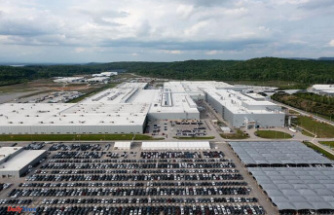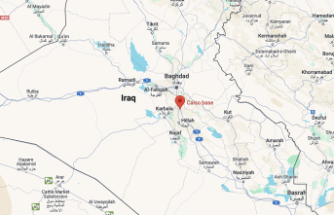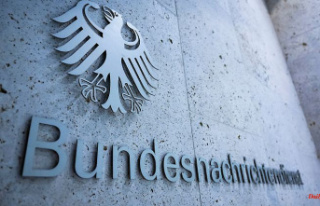Erfurt (dpa/th) - To protect against fires, several municipalities have banned New Year's Eve fireworks in certain areas this year. According to the State Office for Consumer Protection, prohibition orders were issued for the historic old towns of Weimar, Rudolstadt and Bad Langensalza, for example, as a spokeswoman for the authorities announced on Wednesday on request.
Also in Bad Blankenburg, Gotha, Saalfeld, Schleusingen and Wasungen the firing of rockets, firecrackers and batteries is forbidden in some areas of the towns. Sparklers, crackers and table fireworks are not affected by the ban.
In Gotha, for example, the ban on firecrackers applies to the area around Friedenstein Castle, in Rudolstadt to Heidecksburg and the surrounding area. In Bad Langensalza, the medieval half-timbered houses are to be protected from damage by New Year's Eve rockets, in Weimar, among other things, the city palace and Frauenplan.
Health Minister Heike Werner (left) warned on Wednesday that fireworks should be used carefully and considerately. She pointed out that only fireworks permitted in Germany may be used and warned against building New Year's firecrackers yourself in view of the risk of injury.
"For the environment, for people and animals sensitive to noise and with a view to the risk of accidents and fires, it would be best not to have fireworks on New Year's Eve," she said. Throughout Thuringia, firecrackers are prohibited in the immediate vicinity of churches, hospitals, children's and old people's homes.
Retail sales of New Year's Eve firecrackers begin on Thursday (December 29) this year and are limited to the period up to New Year's Eve.
In the past two years, due to the corona pandemic, there had been a nationwide ban on firecrackers on public streets, squares and in parks. This should avoid crowds of people and the associated risk of infection, as well as overloading the emergency rooms with firecracker injuries.












